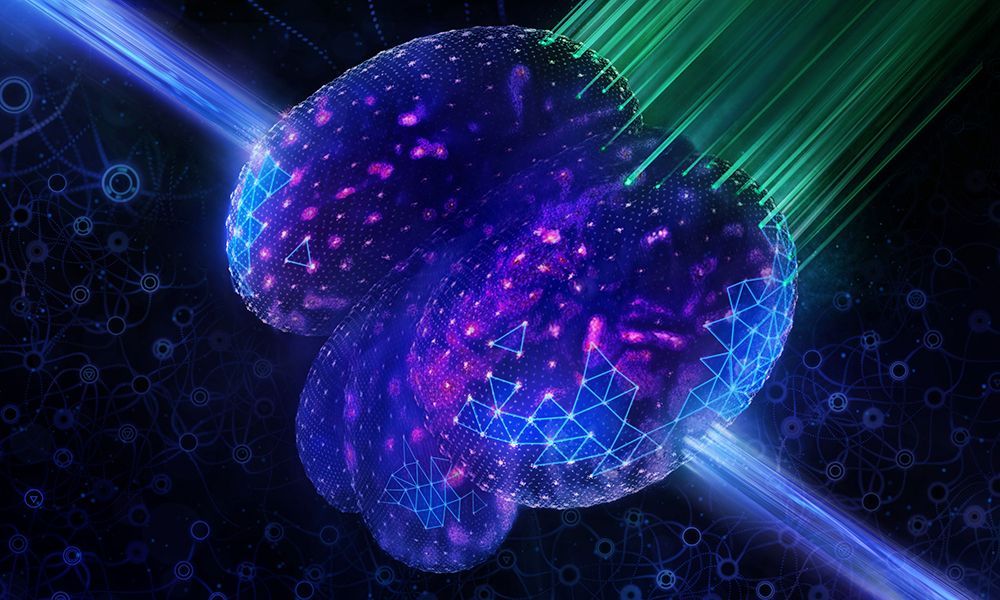
🔬AI makes the best microscopes better
By letting an AI combine two techniques, it is possible to get detailed 3D images in seconds instead of hours or days.
Share this story!
Light-field microscopy can give us 3D images of rapid processes such as the activity of neurons in the brain. Unfortunately, the image quality is often quite poor and it can take hours or days to convert all the data that the microscope registers into an image.
Researchers at the European Research Institute EMBL have crunched the problem and figured out a way to improve the speed and quality, according to a press release.
They have done this by using an AI that can combine data from light field microscopy and its "cousin" light-sheet microscopy. Light-sheet microscopy only takes pictures in 2D, but that means much less data is needed to create an image. Which in turn makes it possible to get images much faster.
The researchers trained an AI on light-sheet microscopy so that it later could produce a picture out of data from the light-field microscopy. Instead of hours or days, it now takes seconds to produce an image that also shows better quality.
"AI enabled us to combine different microscopy techniques, so that we could image as fast as light-field microscopy allows and get close to the image resolution of light-sheet microscopy” says Nils Wagner, doctoral student at the Technical University of Munich and one of the researchers behind the technology in a press release.
The researchers are now considering to build on the technology so that it can process data from other types of microscopes too. They also want the algorithm to be able to handle even larger amounts of data.
Today, the algorithm has the capacity to handle data from, for example, a fish brain.
The goal is to produce rapid and high-quality images of processes in the brains of mammals.
Photo: EMBL/ Tobias Wüstefeld
By becoming a premium supporter, you help in the creation and sharing of fact-based optimistic news all over the world.


